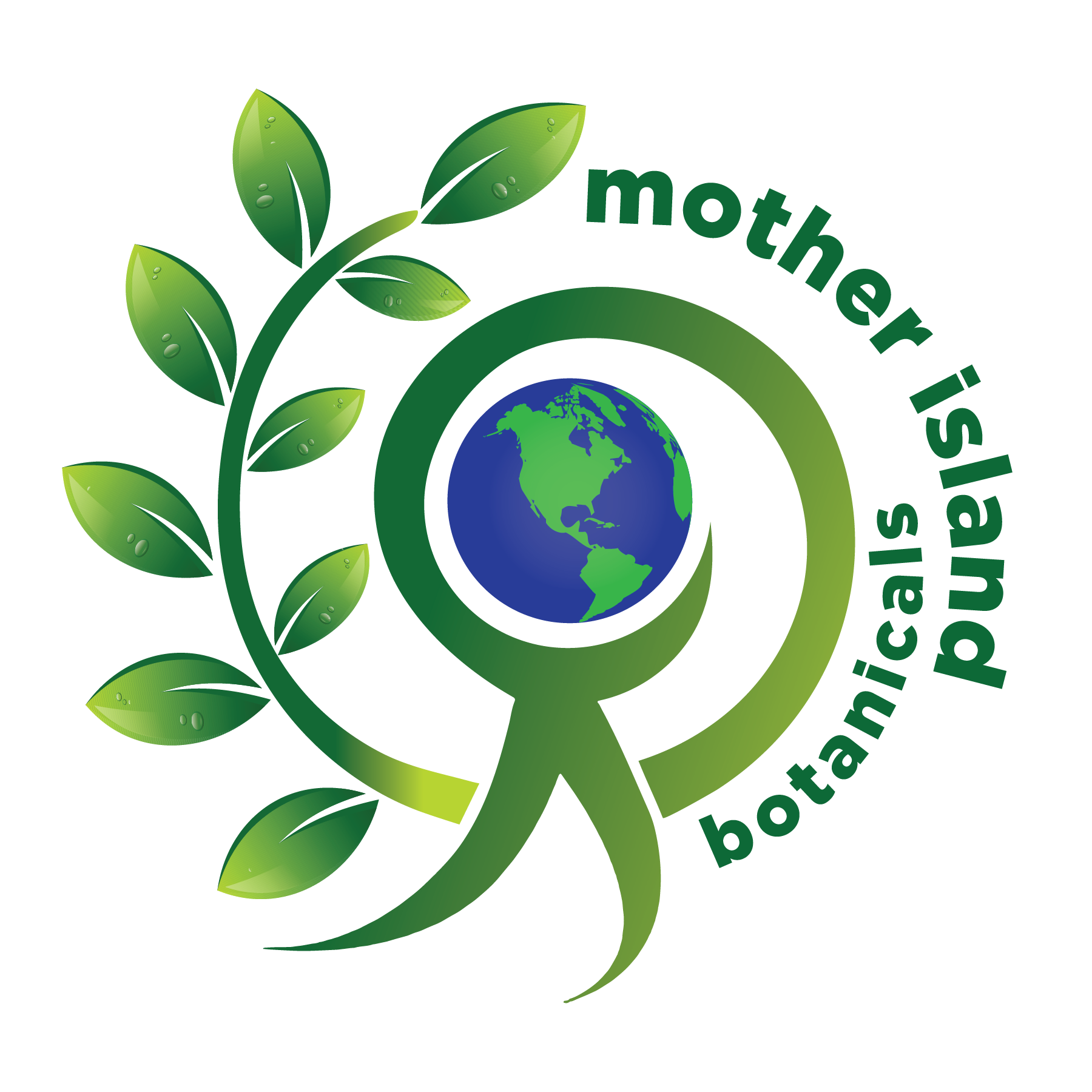Spill The Tea! Is It Tea or Tisane? Understanding the Differences!
Whether you’re a fan of tea or not, these beverages can have a positive effect on your life! Have you ever found yourself in the tea and coffee aisle of your local grocery store, overwhelmed by the array of choices? Perhaps you’re looking for a healthy pick-me-up for energy or a soothing cup of ahhhh for relaxation. From black tea to green tea to herbal tisane, it can be a bit confusing to know what’s what. Let’s dive into the delightful world of tea and herbal tisane to understand how they differ.
What is Tea? It’s basically just ONE plant.
Tea, in its purest form, comes from the leaves of the Camellia sinensis plant. Whether you’re sipping on a cup of bold black tea, refreshing green tea, or delicate white tea, it all originates from this same plant. The differences in flavor, color, and aroma result from how the leaves are processed.
Black Tea: These leaves are fully oxidized, giving black tea its dark color and robust flavor. Think of your morning English Breakfast or a spicy Masala Chai.
Green Tea: The leaves are minimally oxidized, resulting in a lighter color and a more delicate, sometimes grassy flavor. Matcha, a powdered form of green tea, is a popular example.
White Tea: This tea undergoes the least processing, which preserves its subtle, sweet flavor. It’s often considered the most delicate of all teas.
-Oolong Tea: This is partially oxidized, falling somewhere between black and green tea in terms of flavor and color. It’s a favorite in Chinese tea culture.
What is an Herbal Tisane? Whether it’s from one plant or a beautiful blend of yummy herbs, it’s tisane!
Herbal tisane, often called herbal tea, is a blend of various herbs, flowers, fruits, and spices, but it contains no Camellia sinensis leaves. This distinction is crucial because it means herbal tisanes are mostly naturally caffeine-free, making them a great choice for those looking to avoid caffeine. Be aware though, some herbs are stimulants, so use caution if you’re sensitive to caffeine or other stimulants.
Some yummy-for-the-tummy examples:
Hibiscus: Made from the vibrant hibiscus flower, this tisane has a tart, cranberry-like flavor and is packed with vitamin C. Try our Heavenly Hibiscus Special Reserve, or Enchanted Hibiscus Rose tisanes for a bright and cheerful taste. Big bonus, hibiscus flowers are held in high regard for their metabolism-boosting qualities.
Chamomile: Known for its calming properties, chamomile tisane is made from the dried flowers of the chamomile plant and is a favorite bedtime drink. Try our Cuppa Peace blend to transform the stress of the day into pure, blissful peace.
Peppermint: This refreshing tisane is made from peppermint leaves and is often used to aid digestion. Do you like the freshness of mint? Try our Magical Spring Mint Tisane, sure to bring you joyful energy no matter the season of the year!
Rooibos: Also known as red bush tea, rooibos is a South African plant that makes a naturally sweet, reddish-brown brew. It’s rich in antioxidants and completely caffeine-free. Want a nice, warm substitute for coffee, and a slight lift of energy without the caffeine crash? Sip a hot or cold cup of our HoneyRoo Harmony Tisane. A perfect blend of Honeybush and Rooibus, sure to lift your spirits.
Yerba Mate: both green and roasted, this mild herb is a nice coffee alternative, or soothing energy booster, without the higher levels of caffeine. Want to good boost of energy, but don’t want the coffee-crash later? Try our yummy Essential Energy tea. Perfect for that morning wake-up call, pre-workout boost, or afternoon slump fixer!
The Caffeine Factor. How many milligrams (mg) does that cup contain?
One of the main differences between tea and herbal tisane is caffeine content. Traditional teas (black, green, white, oolong) all contain varying levels of caffeine. This can range from about 15 mg in white tea to 70 mg or more in black tea per cup. For comparison, a cup of coffee contains about 95 mg of caffeine.
Herbal tisanes, on the other hand, are naturally caffeine-free, making them a perfect choice for those sensitive to caffeine or looking for a soothing bedtime beverage. Again, while herbal tisanes are completely or mostly caffeine free, some of them can be natural stimulants (like yerba mate).
Health Benefits – Yes there are wellness benefits galore!
Both tea and herbal tisane come with their own set of health benefits.
Tea: Rich in antioxidants, traditional teas are known for their heart health benefits, potential cancer-fighting properties, and ability to boost metabolism. Green tea, in particular, is often praised for its health benefits. Try our Sencha Leaf or Sencha Leaf Decaf tea and enjoy the benefits of green tea!
Herbal Tisane: Each blend offers unique health benefits depending on the ingredients. For instance, chamomile is great for relaxation, peppermint aids digestion, and hibiscus can help lower blood pressure.
Flavor Profiles – It all depends on the plant and on your taste buds
The flavor profiles of tea and herbal tisane are vastly different due to their unique ingredients.
Tea: Offers a range of flavors from bold and malty (black tea) to fresh and grassy (green tea) to delicate and floral (white tea).
Herbal Tisane: The flavor depends entirely on the blend of herbs, flowers, and spices used. You can find everything from sweet and fruity blends to spicy and warming ones.
Cheers to happy sipping!

